Search Images
Browse Content (p. 1584)
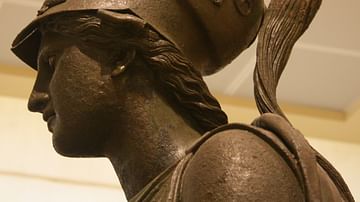
Image
The Piraeus Athena
The bronze statue of Athena known as the Piraeus Athena. Possibly 4th century BCE or a later Hellenistic copy of an earlier original. (Archaeological Museum of Piraeus).

Image
Frankish Bird-Shaped Brooch
Frankish Bird-Shaped Brooch, second half of 6th century CE. This brooch would have been worn by a woman and is characteristic of Frankish jewelry and fine workmanship.
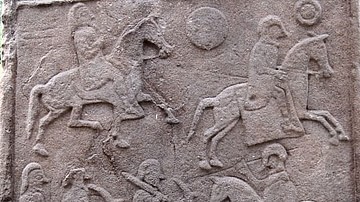
Image
Battle of Dun Nechtain
Battle of Dun Nechtain (685) depicted on Aberlemno Stone stone #2, Aberlemno Parish Church, Scotland.

Image
Dionysos, British Museum
Dionysos, god of wine, can be seen holding a bunch of grapes and crowned with a vine wreath. The statue stands 1.75 metres tall, is made of marble, and dates to the 2nd century CE. It is likely to be a Roman copy of a Greek original dating...
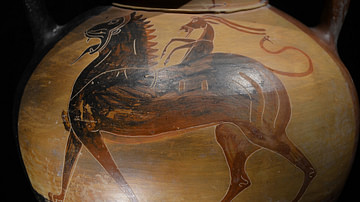
Image
Chimera, Black-Figure Amphora
The Chimera on black-figured amphora, from southern Etruria, 550-525 BCE.
Photo taken at the "Monsters. Fantastic Creatures of Fear and Myth" exhibition, Palazzo Massimo alle Terme, Rome, in 2014.
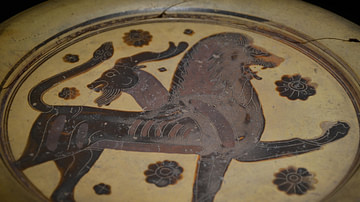
Image
Chimera, Corinthian Plate
Corinthian plate with Chimera, 590-575 BCE.
Photo taken at the "Monsters. Fantastic Creatures of Fear and Myth" exhibition, Palazzo Massimo alle Terme, Rome in 2014.
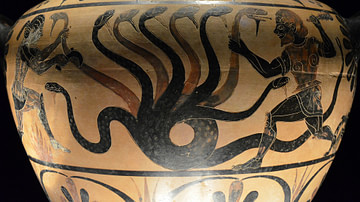
Image
The Lernaean Hydra & Hercules
Hydria (ceramic water container) with Hercules and the Lernaean Hydra (an ancient serpent-like water monster), from Etruria, attributed to the Painter of Aquila, 530-500 BCE. Photo taken at the "Monsters. Fantastic Creatures of Fear and...
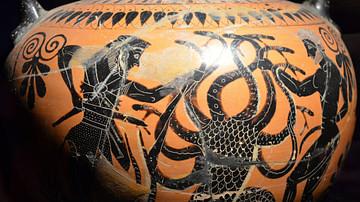
Image
Heracles and the Lernaean Hydra
Amphora with Heracles (Hercules) and the Lernaean Hydra (an ancient serpent-like water monster), circa 525 BCE, from Etruria (Italy). Photo taken at the "Monsters. Fantastic Creatures of Fear and Myth" exhibition, Palazzo Massimo alle Terme...
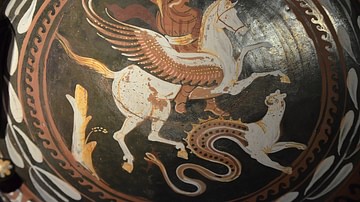
Image
Bellerophon riding Pegasus and the Chimera
Red-figure plate showing Bellerophon riding Pegasus and chasing the Chimera, by the Baltimore painter, second half of the 4th century BCE. (Photo taken at the "Monsters. Fantastic Creatures of Fear and Myth" exhibition, Palazzo Massimo alle...
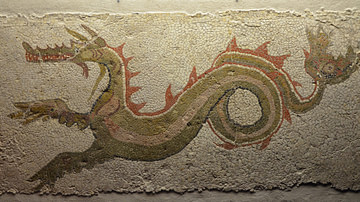
Image
Sea Monster Ketos (Cetus)
Mosaic with a ketos (sea monster - Latinized as cetus) found at Caulonia (Monasterace) in the Casa del Drago, 3rd century BCE. Photo taken at the "Monsters. Fantastic Creatures of Fear and Myth" exhibition, Palazzo Massimo alle Terme, Rome...